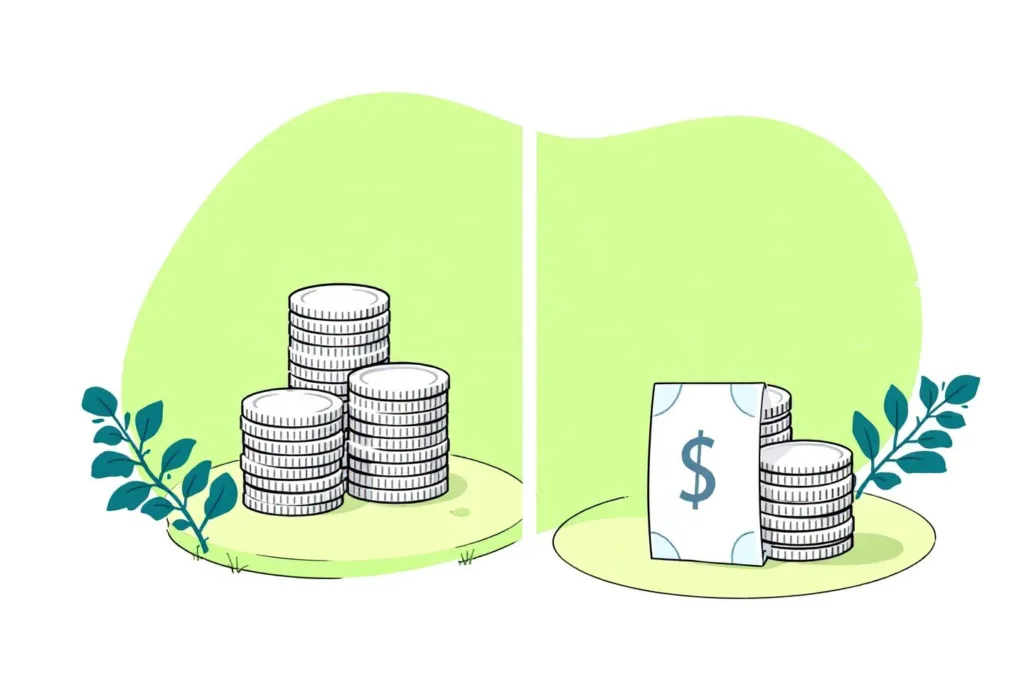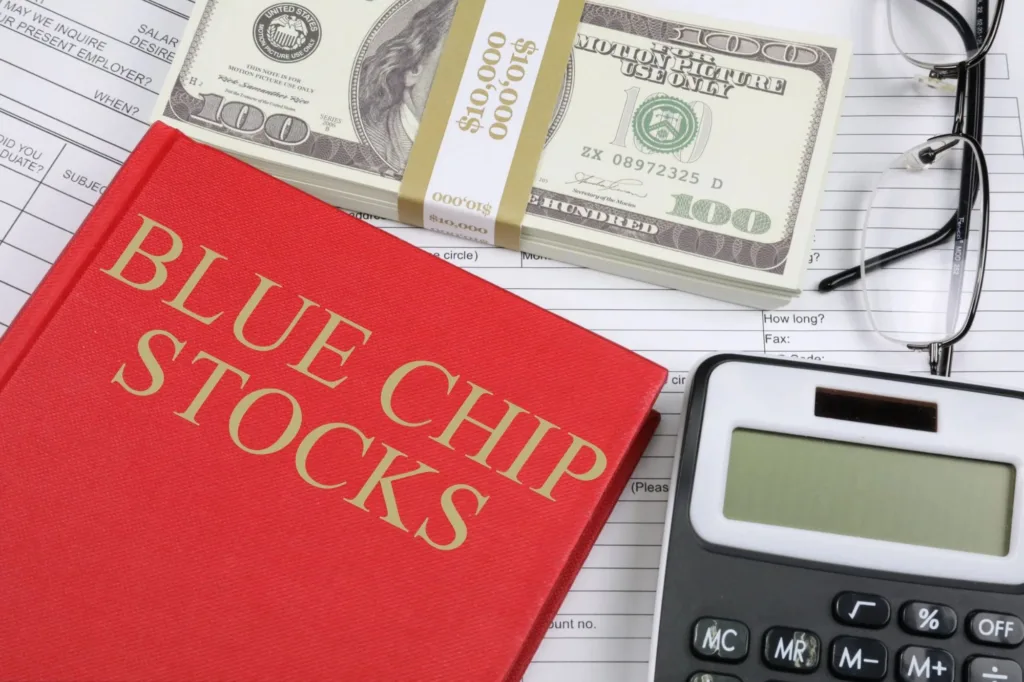Retirement is often seen as the reward for decades of hard work, a time to relax, travel, and enjoy life.
But one of the biggest challenges retirees face is maintaining financial stability after leaving the workforce.
Social Security benefits and pensions may cover part of your expenses, but for many, additional income from smart investments becomes essential.
Choosing the right type of investment is especially important for retirees who want both security and steady returns.
Two of the most reliable options for retirees are dividend stocks and blue-chip stocks.
These investments can provide consistent income while preserving capital, making them well-suited for retirement planning.
Let’s take a closer look at why retirees should strongly consider these two categories.
1. Dividend Stocks

For retirees, cash flow is often more important than rapid growth. That’s why dividend stocks have long been a popular choice.
A dividend is a portion of a company’s profit distributed back to shareholders, typically paid quarterly.
For retirees, this means a reliable income stream that can help cover living expenses without the need to sell off shares.
One of the biggest advantages of dividend stocks is their ability to grow payouts over time.
Many large, stable companies often called Dividend Aristocrats, have decades-long track records of increasing their dividend payments.
This is important because it helps your income keep pace with inflation.
As the cost of living rises, receiving higher dividends each year can protect your purchasing power.
For example, companies like Johnson & Johnson, Procter & Gamble, and Coca-Cola have consistently rewarded shareholders with dividends that grow year after year.
For retirees, this makes dividend-paying stocks more than just an investment, they become a dependable financial foundation.
Another key benefit is that dividend stocks tend to be less volatile than high-growth speculative stocks.
While no investment is risk-free, owning established dividend-paying companies can provide retirees with peace of mind, knowing their money is working for them while also generating regular income.
Also Read: 7 Habits That Make Wealthy People Truly Rich
2. Blue-Chip Stocks

While dividend stocks provide income, retirees also need stability. That’s where blue-chip stocks come in.
A blue-chip stock represents a large, well-established company that has proven its ability to generate consistent profits over decades.
Think household names like Apple, Johnson & Johnson, Coca-Cola, or Microsoft.
These companies have weathered market cycles, economic recessions, and global challenges, yet they remain industry leaders.
For retirees, that kind of track record provides confidence. You don’t want to gamble on risky startups or speculative stocks when your financial security is on the line.
Instead, you want businesses with a proven history of rewarding investors.
What makes blue-chip stocks especially attractive is that many of them are also dividend stocks.
That means retirees can benefit from both stability and steady income.
A well-diversified portfolio of blue-chip dividend stocks allows retirees to balance risk while still generating regular returns.
Blue-chip investments also offer long-term resilience.
Even during market downturns, these companies are often better positioned to recover quickly compared to smaller, less-established firms.
For retirees who value security, that resilience can make a big difference in maintaining financial independence.
Also Read: 2 Must-Own AI Stocks for the Next 10 Years
Why Retirees Should Combine Both
When planning for retirement income, there’s no one-size-fits-all strategy.
However, a smart mix of dividend stocks and blue-chip stocks offers retirees the best of both worlds: stability and income.
Dividend-paying stocks deliver quarterly cash flow, while blue-chip companies provide the confidence that comes with proven business performance.
Together, they create a diversified portfolio designed to weather economic ups and downs.
Retirees can use dividends to cover living expenses while allowing the value of their investments to grow steadily over time.
This approach reduces the need to sell assets during market downturns, protecting long-term wealth.
Tips for Retirees Considering These Investments
1. Diversify Your Holdings
Don’t put all your money into just one or two companies. Spread investments across different sectors like healthcare, consumer goods, and technology to minimize risk.
2. Focus on Quality
Look for companies with strong balance sheets, reliable earnings, and a history of paying or increasing dividends.
3. Reinvest When Possible
If you don’t need all of your dividend income immediately, consider reinvesting some of it. This allows your money to compound and grow over time.
4. Consult a Financial Advisor
Every retiree’s financial situation is unique. Working with a financial advisor can help ensure your investment strategy matches your retirement goals and risk tolerance.
The Billionaire Brain Wave

Looking for smarter ways to amplify your investment returns in retirement?
The Billionaire Brain Wave offers a daily 7-minute audio ritual designed to unlock your brain’s potential, boost your financial abundance, and help reduce dependence on risky assets.
Ideal for retirees seeking steady income without constant market stress, this program claims to activate a specific “theta-wave” that supports clarity, opportunity detection, and prosperity.
For under $50, you can try it risk-free with a 90-day money-back guarantee, making it a low-cost, low-risk add-on to traditional income-focused investments like dividend stocks or blue-chip portfolios.